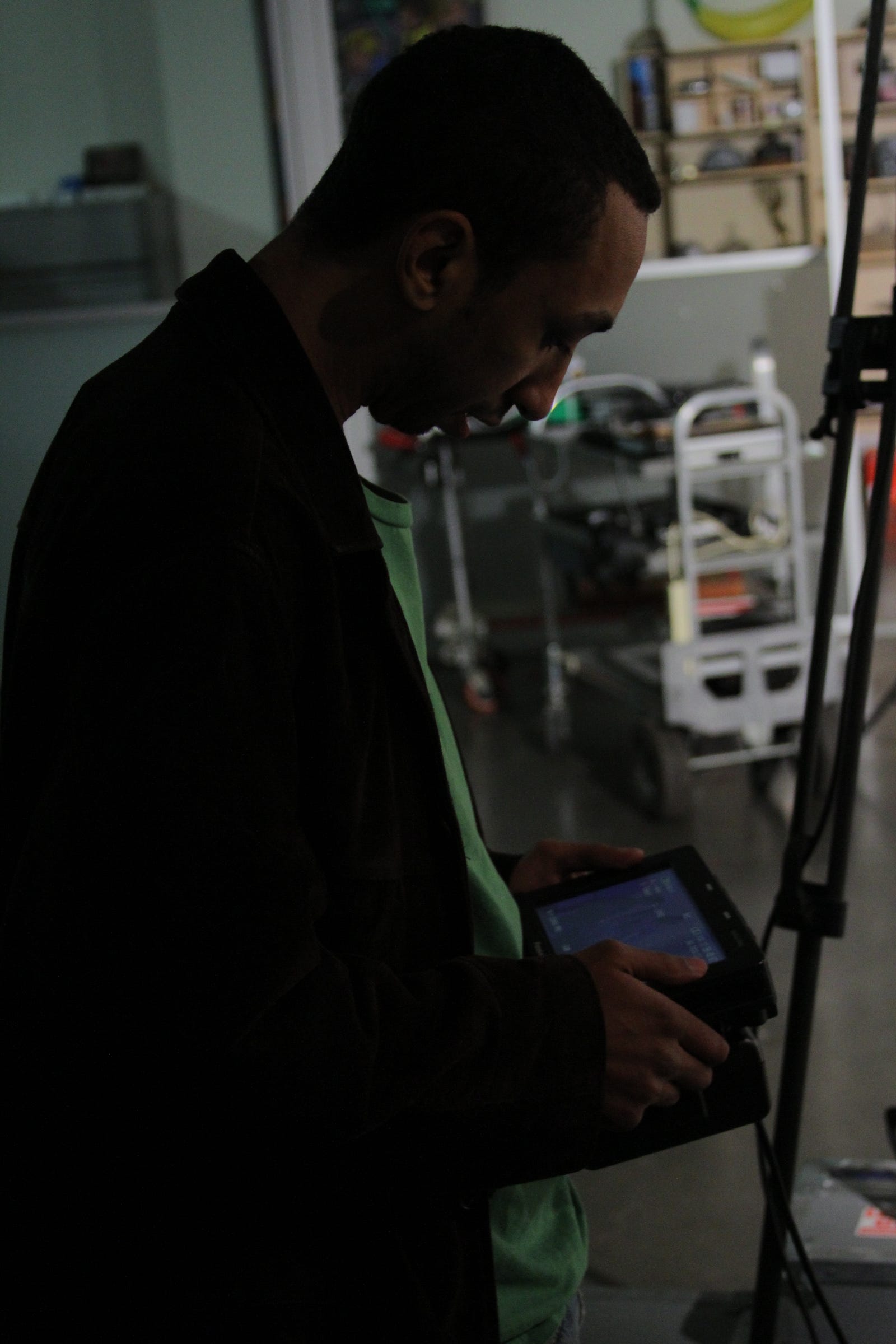The New Film School – Part 2
This article originally appeared in my newsletter. To get advice like this in your inbox. Sign up here:
Let’s continue on with the next step of what I think makes a filmmaker ready to take on the industry. After you have build the right mindset and have a healthy outlook on what the industry is like. We move onto part 2:
BUILDING YOUR CREATIVE SOURCE
This is another step that, for most, will take a while to fine tune. But it’s essentially what kind of work you want to make. And more importantly:
Who is your work for?
A perfect example of this is Martin Scorcese. He was in his early 30s when he made Mean Streets. Because he didn’t see any examples in movies of the kind of people he grew up with in a mostly Italian neighborhood. So his work started out giving their stories and perspectives a chance to be seen in theaters. Same thing with Spike Lee, who wanted to showcase the people and stories in Black New York City neighborhoods.
Having a creative source is important because of a key component:
It takes your ego out of what you create.
Creating out of ego, on the surface, seems like it’s purely out of selfishness. But it’s actually creating out of fear.
- Fear that we’re not good enough
- Fear that we don’t matter
- Fear of rejection
When we create out of fear, we end up creating whatever it takes to be noticed. We try to copy the roadmaps and successes of others. Forgetting that what made those people successful was creating what was true to them.
It’s also the fear that our work needs to be discovered quickly, or it will never happen. Almost every film student, including myself, has graduated with the idea that we need to be making large budget feature films within 4 years. Or else our careers are over.
Not keeping in mind that the people who have been discovered at a young age as filmmakers are the exception. And for those who are successful long term. There are just as many who peak too early and struggle to reach the heights they received at the beginning.
But how do we find our creative source?
ASK YOURSELF
In my guidebook The Mixed Creator, I give a simple exercise to finding your creative source. It’s in the form of asking yourself a few questions:
What have I overcome in life?
What experience or aspect of life can I give advice on?
Who else needs help with the same issue?
This can (and will) change over time. But asking yourself these questions are key to starting. Because they give you what every storyteller needs:
AN IDEAL AUDIENCE
Attention is fractured these days. Up until the early 2000s, making a piece of media was expensive. And therefore, doing it was impressive. With the advent of streaming and social media. The cost has come way down. So making a film or piece of visual media is easier and less impressive just to do it.
You need to know who you are making your work for and go find them.
Online, networking mixers, maybe even friends and family. Find the people who are your ideal audience and connect with them. Your creative source is telling stories that help solve your problems that your ideal audience already has. While you learn and grow, you’ll be able to solve new problems and grow your audience.
Many filmmakers starting out worry about creating for a particular audience, including myself. We worry about being only known for a certain type of work and being trapped there. But the key is to remember:
You have to start somewhere. But it can’t be everywhere.
What I’m speaking to is often called Building Your Personal Brand. But I think it’s something deeper:
FINDING YOUR CALLING
My personal story is that I didn’t want to be put in a box as a filmmaker. Because growing up biracial that was all I knew. So I created a lot of different kinds of work, all with the hope that someone else would discover me. But instead of breaking out of a box, I build myself a prison:
The prison of being known for nothing.
It wasn’t until after the Donald Trump election when my own consciousness essentially gave me a lecture:
The world is afraid of people who look like you. So what are you going to do about it?
So I built my creative source – talking about the mixed experience.
The reason for doing this is not simply for recognition. But knowing who I’m making it for keeps me focused and energized. I have a constant North Star that I am constantly headed for. Which helps me not only come up with new ideas. But know where I can focus my energy.
Whereas before I struggled to come up with the perfect idea. I now spend time sifting and prioritizing them. Which helps with another unfortunate, but rare, element of the industry:
THE OWNERSHIP OF IDEAS
There are countless stories of people whose ideas are either outright stolen, or altered by a larger celebrity or company. This, unfortunately, happens far too often. But if you have your creative source and you know who your audience is. This will bother you less and less:
Because you will just be able to go back to your source and create another one.
Here’s the reality:
If your career is based off of one idea getting made. It won’t last very long.
This industry is about being resilient and constantly coming up with new ideas. Every day, you are constantly coming up with something new, and compromising on your own expectations. If one idea doesn’t work out, use another.
Nothing is ever going to work out how you want it or planned it. But that’s ok.
Because that’s how we grow.
EXPLORE YOUR MIND
If you’re not doing it now, ask yourself the questions to build your creative source:
What have I overcome in life?
What experience or aspect of life can I give advice on?
Who else needs help with the same issue?
Write them down someplace that you can reference quickly. And when you’re feeling frustrated or at a loss – look at these answers. These are what should inspire you and keep you going.
Now we can build upon this for next week when we begin crafting our stories.
Hope to see you then.
- Want more filmmaking and creator advice? Sign up for my newsletter.
- Get my free workbook The Mixed Creator
- Need coaching or consulting? Book a meeting with me.












